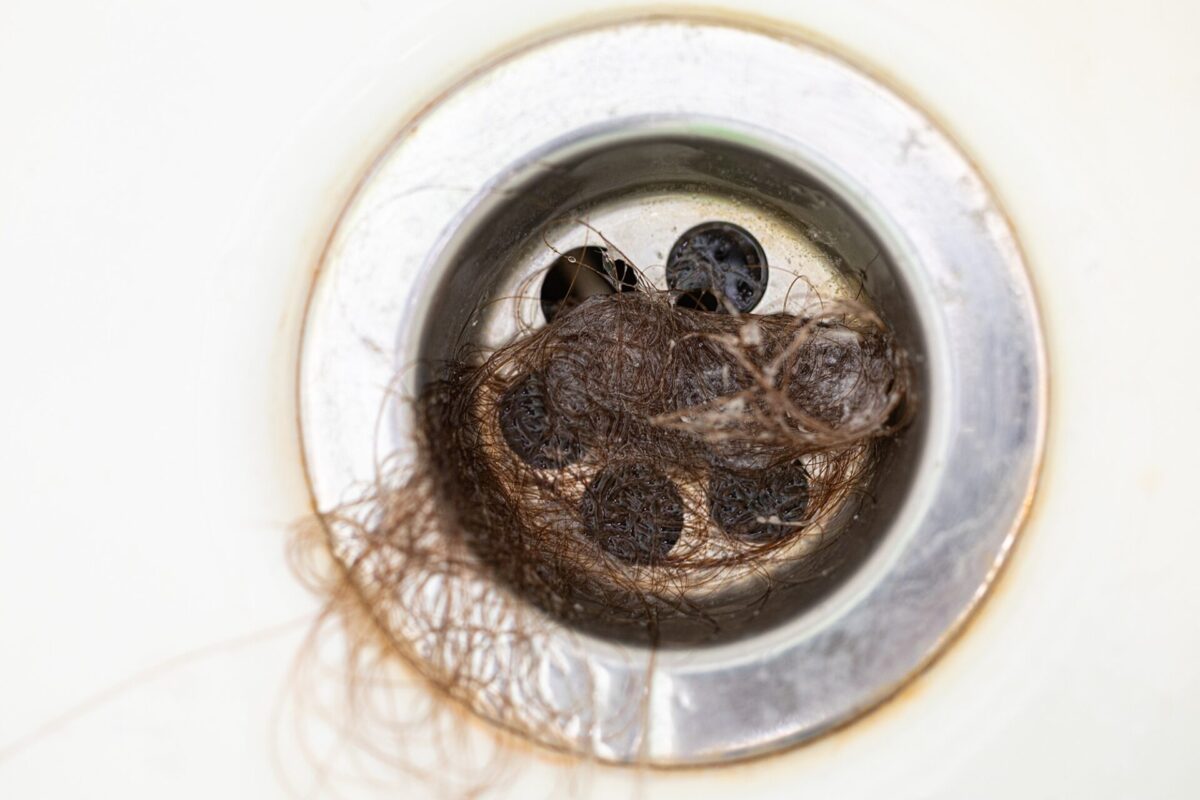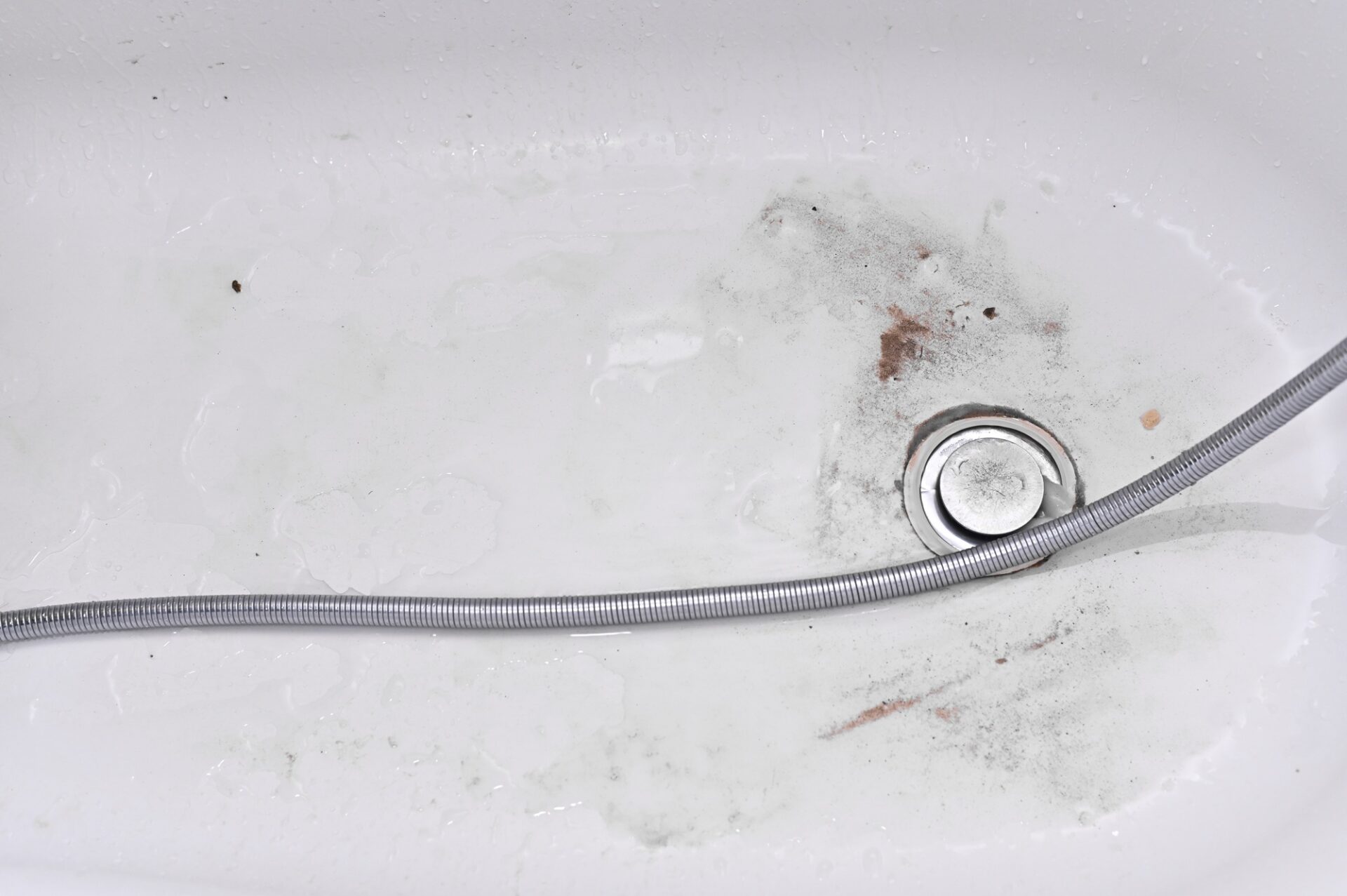A slow or clogged tub drain can be a major frustration for any homeowner. It can turn a relaxing bath into a stressful experience and make even routine cleaning feel like a chore. Beyond the inconvenience, a clogged drain can also lead to water backup, unpleasant odors, and potential damage to your plumbing system if left untreated.
The purpose of this blog is to help homeowners understand why their tubs may not be draining properly and what can be done to fix the problem. We’ll cover common causes of slow or blocked drains, DIY solutions for minor issues, and guidance on when it’s time to call a professional. By understanding these factors, you can keep your tub draining smoothly and avoid more serious plumbing problems.
Common Causes of a Tub That Won’t Drain
One of the most common reasons a tub won’t drain is the buildup of hair and soap. Over time, hair strands, soap scum, and body oils can accumulate inside the drain, forming a sticky clog that slows or even blocks water flow. These blockages are often gradual, which makes them easy to overlook until the tub begins to drain noticeably slower.
Clogged pipes further down the plumbing line can also prevent water from draining properly. Debris, sediment, and mineral deposits can accumulate in the pipes, reducing water flow and leading to backups. In older homes, mineral buildup from hard water is a frequent culprit that can restrict drainage over time.
Faulty or worn-out drain components may also cause drainage issues. Stoppers, gaskets, and trap assemblies can degrade or become misaligned, preventing water from flowing freely. Even if the pipes themselves are clear, damaged hardware can slow the drain or cause leaks.
Finally, ventilation issues in the plumbing system can impact how quickly water drains from a tub. Plumbing vents allow air to flow through the pipes, preventing negative pressure that can slow drainage. If vents become blocked or obstructed, water may drain slowly, gurgle, or even back up into other fixtures. Recognizing these common causes can help homeowners troubleshoot and address tub drainage problems effectively.
Signs Your Tub Drain Needs Attention
One of the most obvious signs that your tub drain needs attention is slow draining water. If it takes longer than usual for the tub to empty, it often indicates a clog or partial blockage somewhere in the drain line. Ignoring this issue can lead to more severe blockages and potential water damage over time.
Gurgling or bubbling sounds coming from the drain are another warning sign. These noises typically occur when air is trapped in the pipes due to a clog or venting issue, signaling that the drainage system isn’t functioning properly.
Foul odors emanating from the tub drain are also a cause for concern. These smells usually result from trapped debris, mold, or stagnant water within the pipes. Not only is this unpleasant, but it can also indicate a buildup that may lead to more serious plumbing problems.
Water backing up into the tub or even other fixtures in the home is a clear sign of a significant blockage or plumbing issue. This type of backup can cause property damage and indicates that the problem requires prompt attention, often from a professional plumber, to ensure a safe and effective resolution.
DIY Solutions for Minor Drain Clogs
For minor clogs, there are several DIY solutions that homeowners can try before calling a professional. One of the simplest methods is using a plunger. By creating suction over the drain, a plunger can often dislodge hair, soap buildup, and other debris, allowing water to flow freely again.
Removing and cleaning the drain stopper is another effective step. Hair, soap, and grime often accumulate around the stopper, so taking it apart and thoroughly cleaning it can restore proper drainage. This is a quick and easy way to address many minor blockages.
A drain snake or hair removal tool is also useful for clearing clogs further down the pipe. These tools allow you to reach into the drain and pull out hair and other debris that a plunger or stopper cleaning can’t remove. Using them carefully can often solve slow-draining tubs without damaging your pipes.
It’s important to avoid harsh chemical drain cleaners, as they can corrode pipes and damage plumbing components over time. While they may provide a temporary solution, they don’t address the root cause of the clog and can create bigger problems in the long run. Choosing mechanical methods or professional assistance is usually safer and more effective.
When to Call a Professional Plumber
Sometimes, DIY solutions aren’t enough to fully resolve a tub drainage issue. If you notice persistent or recurring clogs, it’s a strong indication that the problem may be deeper in the plumbing system and requires professional attention. A licensed plumber can accurately diagnose and clear stubborn blockages that household tools can’t reach.
If multiple fixtures in your home are draining slowly, it may signal a larger plumbing issue affecting the main drain line. This type of problem often goes beyond a simple tub clog and needs professional expertise to identify and resolve before it leads to more serious damage.
Signs of pipe damage or leaks—such as water pooling around the tub, damp spots on walls or floors, or unusual noises—also warrant immediate professional intervention. Addressing these issues early can prevent costly repairs and potential water damage to your home.
Professional inspection ensures that any drainage problem is fixed safely and effectively. Plumbers have the right tools, knowledge, and experience to provide long-lasting solutions, ensuring that your tub and plumbing system continue to function properly without recurring issues.
Preventive Tips to Keep Your Tub Draining Properly
Regular cleaning of your tub drain and stopper is one of the easiest ways to prevent clogs. Removing hair, soap residue, and other debris on a weekly or monthly basis keeps water flowing smoothly and reduces the likelihood of blockages forming over time.
Installing a drain hair catcher is another effective preventive measure. These inexpensive devices fit over or inside the drain and catch hair and larger debris before they enter the plumbing system. Using a hair catcher can dramatically reduce the frequency of clogs and minimize the need for frequent drain cleaning.
Routine maintenance and inspection by a professional plumber can also help keep your tub draining properly. A licensed plumber can identify potential issues before they become serious problems, clean out hidden buildup, and ensure that your plumbing system is in good condition. Regular professional care not only prevents clogs but also extends the life of your pipes and fixtures.
Call Code Blue Plumbing to Drain Your Tub
Addressing tub drainage issues promptly is essential to prevent inconvenience, water damage, and more serious plumbing problems. Slow or clogged drains may seem minor at first, but ignoring them can lead to recurring clogs, leaks, and costly repairs down the line. Taking action early helps maintain a safe and functional plumbing system.
For homeowners who want a reliable, long-term solution, contacting a professional plumber is the best choice. Code Blue Plumbing offers expert drain cleaning and maintenance services to keep your tub and plumbing system flowing smoothly. Our team can quickly identify and resolve drainage issues, giving you peace of mind and preventing future problems.


